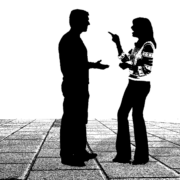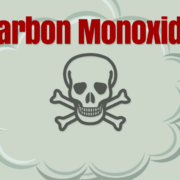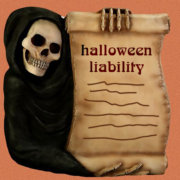While we tend to take precautions against a variety of dangers, many underestimate the dangers of carbon monoxide poisoning. Unlike many hazards, carbon monoxide is odorless, colorless, and produces symptoms similar to having a cold or flu, meaning that it is often undetected until the more severe stages of illness. Luckily, carbon monoxide poisoning is preventable; be proactive by taking the proper precautions and learn to recognize the symptoms of poisoning.
What are the symptoms?
Carbon monoxide poisoning may cause headaches, dizziness, weakness, nausea, vomiting, chest pain, confusion, and forgetfulness. In many cases, these symptoms may be mistaken as another illness or even the common cold, leading them to be dismissed. Be aware and cautious if you experience these symptoms.
What precautions should I take?
Carbon monoxide alarms are required in California homes and offices; however, it is important to periodically check to make sure the alarms are in working order in case of emergency. Be sure that appliances are properly installed to avoid gas leaks. In addition, heating systems, including vents, should be serviced annually and checked for damage. If appliances begin to work inefficiently, for example, furnaces or water heaters failing to heat, then damages may have occurred that increase the risk of a leak.
What else should I know?
Carbon monoxide poisoning affects over 50,000 in the United States and kills around 500. Business owners and landlords might be liable for injury or death from CO poisoning if found to be negligent in taking proper precautions or fixing preexisting issues. Carbon monoxide poisoning is often overlooked, so it is important to protect your family, business, or tenants.
As part of our ongoing effort to ensure proper protection, we want to make sure that your family, friends, coworkers, and you are safe no matter where you are – that’s The Conrey Difference. Take a moment to review this helpful article and video. As always, we’d like to invite you to have a conversation with us, no matter your insurance or risk management needs; we’re here to help.
Call us at 1-877-450-1872 or contact us here, and experience The Conrey Difference for yourself.










